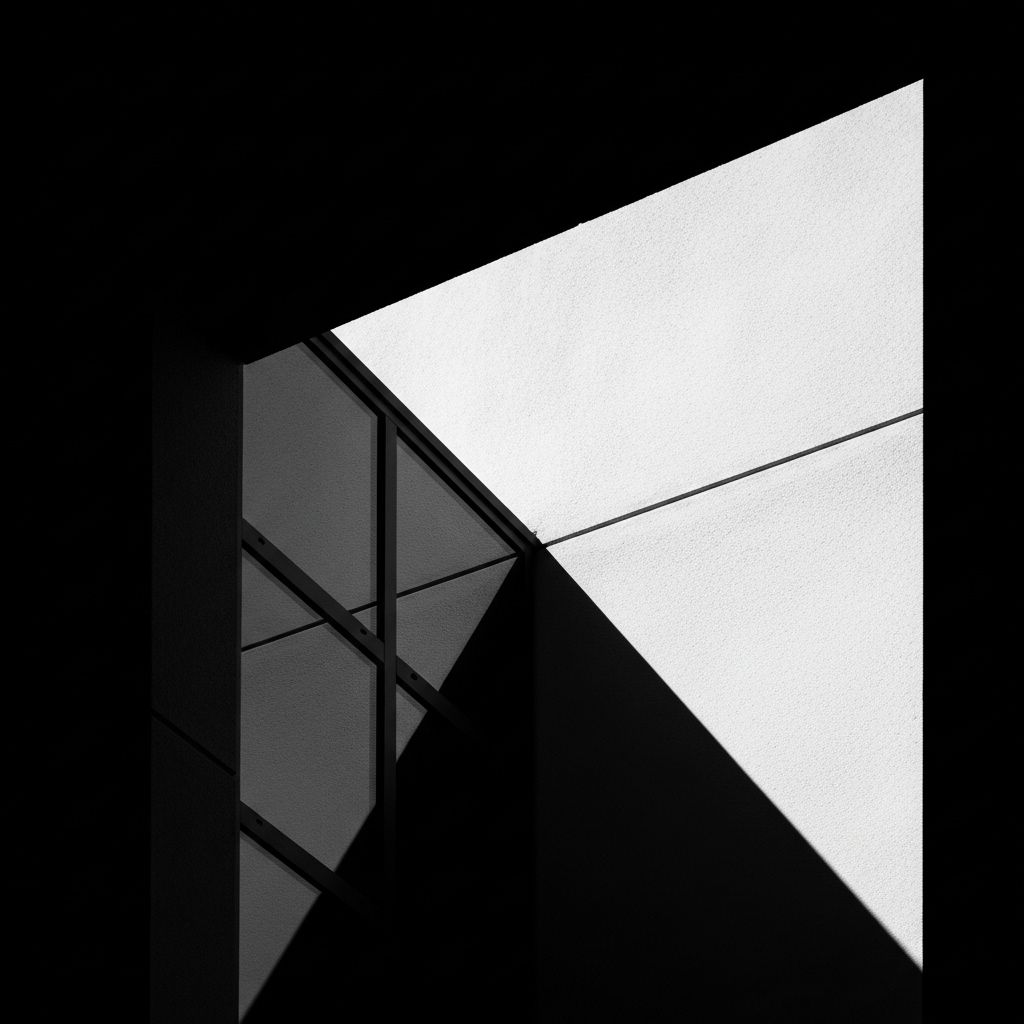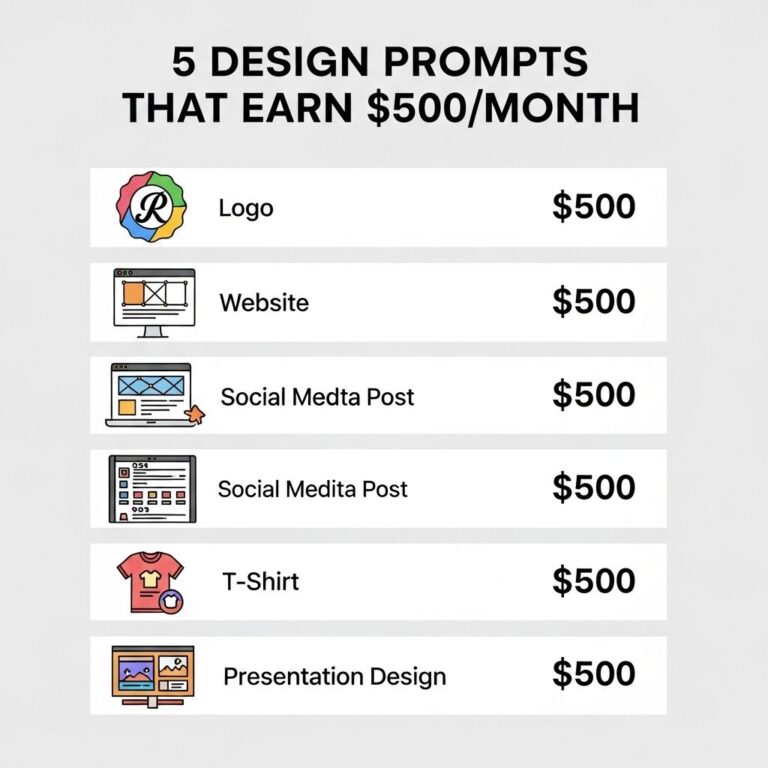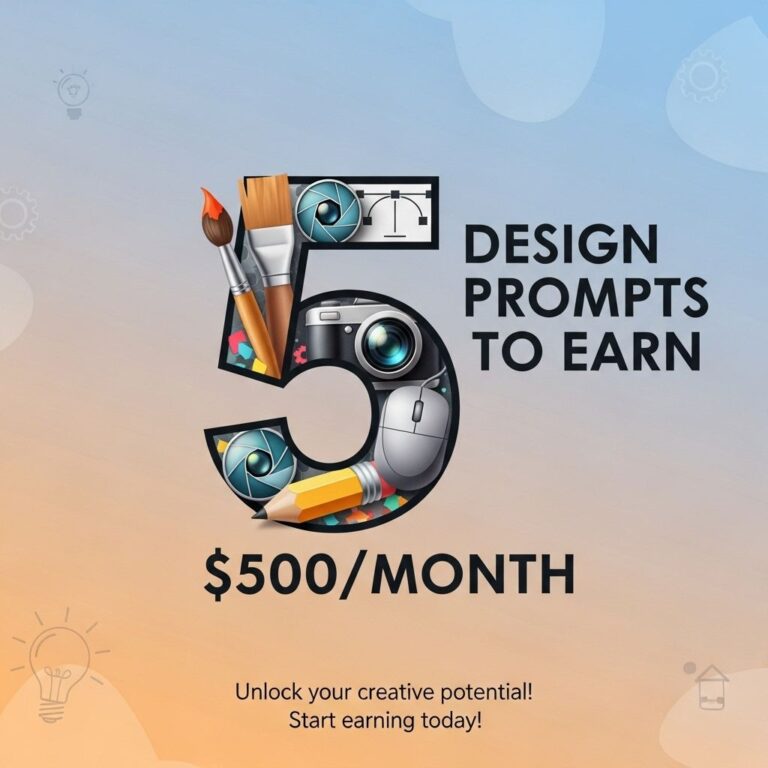As we step into 2025, minimal design continues to capture the hearts of designers, architects, and tech enthusiasts alike. This aesthetic not only focuses on simplicity but also embraces functionality and sustainability. With the rapid evolution of technology and changing consumer preferences, minimalism in design is expected to adapt and reflect these trends. In this article, we will explore ten innovative minimal design ideas that are set to shape 2025 and beyond.
Table of Contents
1. Sustainable Materials
Minimal design in 2025 will prioritize sustainability without compromising on style. Designers will increasingly utilize materials that are eco-friendly, recycled, and renewable. Key materials to watch include:
- Bamboo
- Recycled metals
- Biodegradable plastics
- Natural fibers
The Benefits of Sustainable Materials
Using sustainable materials not only reduces environmental impact but also enhances the aesthetic appeal of designs. These materials often exhibit unique textures and finishes, contributing to the overall minimalist look.
2. Biophilic Design
Integrating nature into design spaces promotes well-being and connection to the environment. In 2025, biophilic design will manifest in minimalism through:
- Indoor plants that require minimal maintenance
- Natural light maximization
- Water features that enhance tranquility
By fostering a harmonious blend of indoor and outdoor spaces, minimalism will play a pivotal role in creating serene environments.
3. Smart Furniture
As technology becomes more integrated into everyday life, smart furniture will emerge as a key trend in minimal design. Features may include:
- Modular components that can be reconfigured
- Integrated charging ports
- Smart surfaces that adjust temperature or lighting
This type of furniture is not only functional but also complements a minimalist aesthetic by reducing the need for excessive items.
4. Monochromatic Palettes
In 2025, color theory in minimal design will lean towards monochromatic palettes that incorporate different shades and textures. Benefits of this approach include:
- Creating a cohesive look
- Highlighting architectural features
- Enhancing the perception of space
When combined with thoughtful lighting, monochromatic designs can evoke a sense of calm and sophistication.
5. Open Spaces
The shift towards open-plan layouts will continue, promoting fluidity and flexibility. Key aspects of open-space minimal design will include:
- Fewer walls to create spaciousness
- Multi-functional areas
- Seamless transitions between indoor and outdoor spaces
This design philosophy enhances interaction and collaboration, which is essential in modern living and working environments.
6. Minimalist Branding
As businesses strive to differentiate themselves in a crowded marketplace, minimalist branding will take center stage. Key elements will include:
- Simple logos with clean lines
- Limited color schemes that evoke emotion
- Concise messaging that resonates with the audience
Such approaches not only enhance brand recognition but also create a lasting impact on consumers.
7. Digital Minimalism
As digital products and services continue to dominate, digital minimalism will be crucial in enhancing user experience. Considerations will include:
- Streamlined user interfaces
- Reduced screen clutter
- Focus on core functionalities
By eliminating distractions, users will be able to engage more deeply with technology.
8. Textured Surfaces
Incorporating textured surfaces will bring depth to minimalist designs. The use of textures can include:
- Rough finishes on walls or furniture
- Textile contrasts in upholstery
- Natural stone elements
These details can create visual interest while adhering to minimalist principles.
9. Light and Shadow Play
In 2025, designers will utilize light and shadow as fundamental elements of minimal design. Techniques to explore include:
- Strategically placed windows and openings
- Architectural features that cast dynamic shadows
- Lighting fixtures that enhance architectural details
Such considerations will enhance the sensory experience of a space.
10. Personalization within Minimalism
While minimalism emphasizes simplicity, personal touches will become increasingly important. Customization strategies could involve:
- Personalized art or decor that reflects individual tastes
- Unique furniture arrangements
- Flexible spaces that adapt to changing needs
This blend of personalization with minimalist aesthetics will create environments that feel both curated and authentic.
Conclusion
As we look ahead to 2025, minimal design will evolve to meet the demands of our changing world. Emphasizing sustainability, functionality, and personalization, these ten ideas reflect a future that honors the principles of minimalism while integrating emerging trends. Whether in architecture, product design, or branding, minimalism will continue to inspire innovation and creativity, paving the way for a more thoughtful and intentional approach to design.
FAQ
What are some key minimal design ideas for 2025?
Key minimal design ideas for 2025 include using monochromatic color schemes, incorporating organic shapes, prioritizing functionality over aesthetics, utilizing sustainable materials, and embracing negative space.
How can I incorporate minimalism into my home decor in 2025?
Incorporating minimalism into home decor in 2025 can be achieved by selecting multifunctional furniture, using a limited color palette, decluttering spaces, and adding plants for a touch of nature.
What are the benefits of minimal design in 2025?
Benefits of minimal design in 2025 include enhanced focus, reduced stress, improved space efficiency, and a timeless aesthetic that adapts to changing trends.
How does technology influence minimal design trends in 2025?
Technology influences minimal design trends in 2025 by enabling smart home features that streamline living spaces, allowing for customizable and efficient designs.
What materials are trending in minimal design for 2025?
Trending materials in minimal design for 2025 include recycled metals, bamboo, reclaimed wood, and eco-friendly textiles that promote sustainability.
Can minimal design be applied to branding in 2025?
Yes, minimal design can be applied to branding in 2025 by using simple logos, clean typography, and a focus on brand messaging that resonates with audiences.









